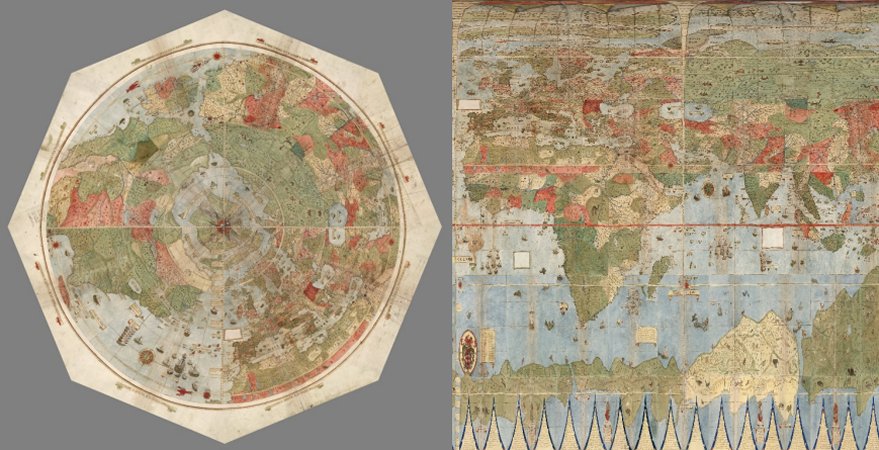


The ongoing aerial photographic survey (by helium balloon).A database of the physical aspects of each house (an initial index was compiled as a University of Cambridge MPhil dissertation some years ago by P.Dossiers on certain distinctive buildings and parts of the site.
Ancient space atlas archive#

The maps will draw upon and stand in parallel with: The method for doing this has already been successfully tested with the object database that is currently available on the Project web site. ArcMap, ArcView).Īn important facility will be the ability to locate the positions of objects found and certain kinds of architectural information automatically on the maps, either singly or by category, the latter leading to distribution maps.
Ancient space atlas software#
Their electronic basis will be readable from standard GIS software (e.g. They are already spatially co-ordinated/geo-referenced to the Egyptian national grid system. See the web-page Recent Projects/Survey/Desert Hinterland Survey.īoth sets of electronic maps need to be merged. This work is being done by Helen Fenwick of the University of Hull, using differential GPS equipment. From the beginning special attention has been paid to the pattern of ancient roads. It takes in the North and South Tombs (including a survey of early Christian huts strung along the northern cliffs), the ‘Desert Altars’ (that includes a fresh survey of the gypsum foundations in the southern enclosure), the Workmen’s Village and Stone Village, all of the eastern boundary stelae, the ‘poor’ cemeteries of the Amarna Period, and various minor archaeological features. The digital terrain mapping of the desert plain that runs eastwards from the eastern edge of the city out to the cliffs and extends for a short distance behind the cliffs.Thus the Workmen’s Village, Kom el-Nana, the North Palace and certain sample areas of housing are being done at this more intensive level, which contributes towards the utility of the more detailed excavation record. However, for those buildings that the Society has excavated since 1979 the digitized vector plans are the large-scale site plans. As a compromise all buildings have been included as an outline, with each space coded to conform to a simple system of space classification. It is not feasible within a realistic timescale to reduce all of the large-scale housing plans in this way. The reduction of the architectural plans of the site to a digital vector form that allows them to be used and queried by GIS software.Its two component elements have been under preparation for several years. The foundation for the Atlas is a digital map set. The Atlas aims to integrate not all, but a significant part of the rich store of information, a surprising amount of it either unpublished or published in only preliminary, sketchy form. Archaeologists have made diverse records of the individual parts over more than a century. Along its western edge, beside the Nile, stretches the city proper (four square kilometres of buildings, more than half of them excavated) over the desert behind are scattered cemeteries, outlying settlements, quarries and a network of ancient roads, the entire ensemble dating to the same twenty-year interval (the reign of King Akhenaten, beginning around 1350 BC). Amarna comprises around forty square kilometres of historic landscape.


 0 kommentar(er)
0 kommentar(er)
